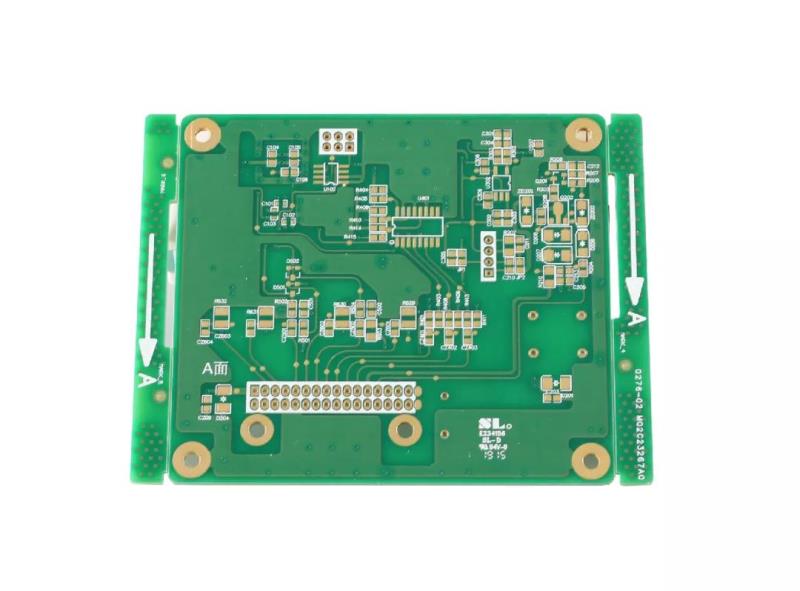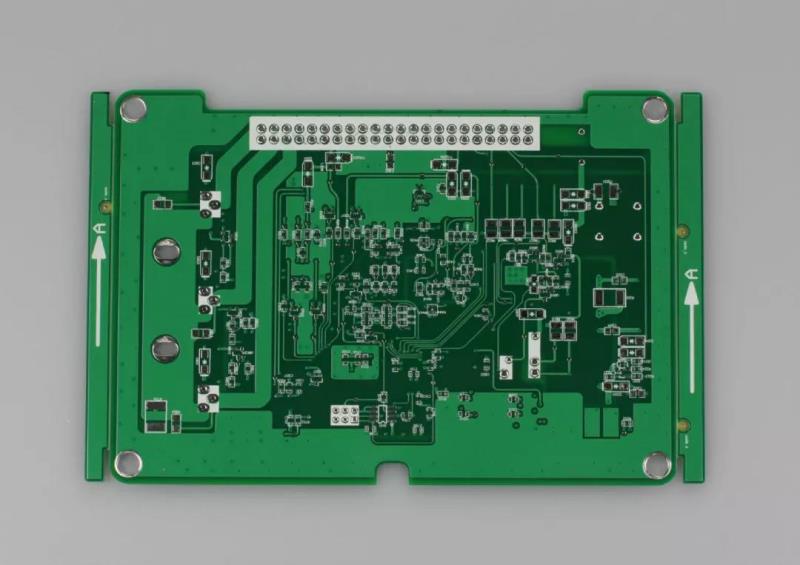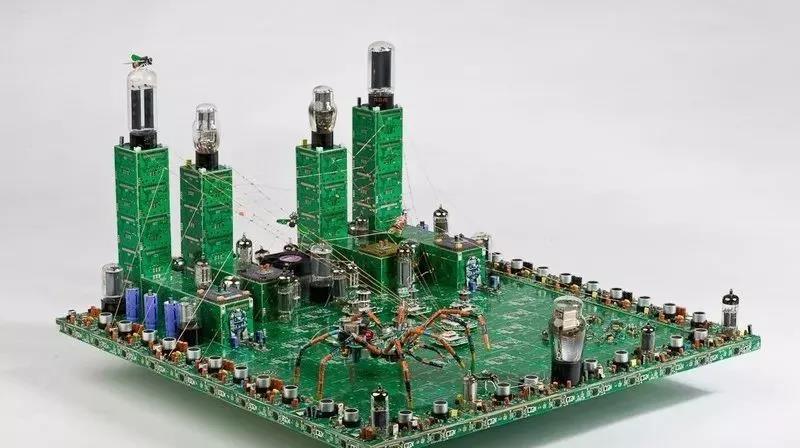
Influence of Solder Paste and Steel Mesh Template on Solder Paste Quality in SMT Process
Surface mount technology (SMT) mainly includes: solder paste printing, precision mounting, and reflow soldering. The quality of solder paste printing has a great impact on the quality of surface mount products. According to the industry evaluation, about 60% of the repaired circuit boards are caused by poor solder paste printing. In solder paste printing, there are three important parts: solder paste, stencil template and printing equipment. If you choose them correctly, you can get good printing results. The following is a brief introduction:
1、 Solder paste
Solder paste is a paste made by mixing solder powder and paste flux (rosin, thinner, stabilizer, etc.) with soldering function. Solder paste is sticky. When printing, it is pushed by the scraper, and its viscosity decreases. When it reaches the opening hole of the screen, the viscosity reaches the minimum, so it can smoothly settle on the PCB pad through the template hole. With the stop of external force, the viscosity of solder paste quickly rises again, so that there will be no collapse and overflow of printing forming, and good printing effect will be obtained.
Viscosity is an important characteristic of solder paste. On the dynamic side, in the printing process, the lower the viscosity, the better the fluidity, and easy to flow into the steel mesh; In the static aspect, after printing, the solder paste stays in the steel mesh, and its viscosity is high, so it will maintain its filled shape without collapsing down.
Factors affecting solder paste viscosity:
1. The influence of solder paste alloy powder content on viscosity - the increase of alloy powder in solder paste causes the increase of viscosity;
2. Effect of particle size of solder paste alloy powder on viscosity - viscosity will decrease when particle size increases;
The printability of solder paste with fine particles is relatively good, especially for products with high density and narrow spacing, because the opening size of steel mesh is small, small particles of alloy powder must be used, otherwise the printing demoulding will be affected.
Advantages of small particle alloy powder: good printability, high definition of printed graphics.
Disadvantages of small particle alloy powder: easy to collapse, easy to be oxidized if the surface area is large.
3. The influence of temperature on the viscosity of solder paste: when the temperature rises, the viscosity decreases, and the optimal ambient temperature for printing is 23 ± 3 ℃;
4. Effect of shear rate on solder paste viscosity: the viscosity decreases with the increase of shear rate.
Expiry date, storage and use environment of solder paste:
Ø Generally, the solder paste can be stored for 6 months under the condition of 0-10 ℃ when the cover is not opened, and should be used up as soon as possible after opening;
The use environment of solder paste is: the temperature of SMT room is 20-26 ℃, and the humidity is 40-60%;
Ø Solder paste without cover is stored for ≤ 48 hours under ambient temperature and humidity;
Ø After the cover is opened, the storage time of solder paste under ambient temperature and humidity is ≤ 18 hours;
Ø Service time on steel wire mesh ≤ 12 hours;
Ø After printing, the solder paste stays online for ≤ 2 hours;
Ø The time from opening the tank to reflow soldering is ≤ 18 hours.

Defects caused by solder paste:
1. No dip welding
Poor activity of flux;
The metal particles are severely oxidized;
2. No scrolling in printing
Inappropriate flow, such as viscosity and thixotropy index;
Improper viscosity;
3. Bridging
Ø Solder paste collapses;
4. Insufficient soldering tin
Ø Due to the large particles of alloy powder, incorrect shape or unprintability, solder paste blocks the template hole;
5. Tin ball
Ø Solder paste collapses;
Ø Solvent splashes out during reflow soldering;
Ø Oxidation of metal particles.
2、 Steel mesh formwork
The main function of the steel mesh is to accurately apply the solder paste to the solder pad that needs to be coated on the PCB. In the solder paste printing process, the processing quality of the stencil directly affects the printing quality of the solder paste. The thickness and opening size of the stencil determine the printing amount of the solder paste, while the stainless steel laser templates need to be produced through outsourcing processing. Therefore, the template thickness, design opening size and other parameters must be confirmed before outsourcing processing to ensure the printing quality of solder paste.
Generally, there are both components with a spacing of more than 1.27mm on a PCB and components with a narrow spacing. Components with a spacing of more than 1.27mm need stainless steel plates with a thickness of 0.2mm, and components with a narrow spacing need stainless steel plates with a thickness of 0.15-0.10mm. At this time, the thickness of stainless steel plates can be determined according to the situation of most components on a PCB, and then the leakage amount of solder paste can be adjusted by expanding or shrinking the opening size of the bonding pad of individual components.
If there is a large difference in the amount of solder paste required for components on the same PCB, the template at the narrow spacing components can be thinned locally, but the processing cost of the thinning process is higher. Therefore, a compromise method can be adopted. The thickness of the stainless steel plate can be taken as the middle value. For example, some components on the same PCB are required to be 0.20mm thick, while others are required to be 0.15-0.12mm thick. At this time, the thickness of the stainless steel plate can be 0.18mm. The opening size can be 1:1 for general components, and the opening area of large Chip components and PLCC requiring a large amount of solder paste should be expanded by 10%. For QFP and other devices with pin spacing of 0.5mm and 0.65mm, the opening area should be reduced by 10%.
Proper opening shape can improve the mounting effect. For example, when the Chip component size is less than 1005 and 0603, the distance between two pads is very small, so the solder paste on the pads at both ends is easy to stick at the bottom of the component during mounting, and it is easy to generate bridge and solder bead at the bottom of the component after reflow soldering. Therefore, when processing the template, the inner side of a pair of rectangular pad openings can be modified into a sharp angle or arch shape to reduce the amount of solder paste at the bottom of the component, which can improve the solder paste adhesion at the bottom of the component when mounting.
PCB manufacturers, PCB designers and PCBA processors will explain the influence of solder paste and stencil template on the quality of solder paste in SMT process.







